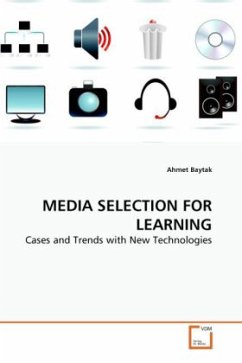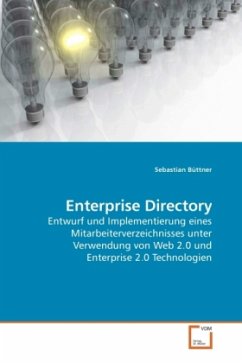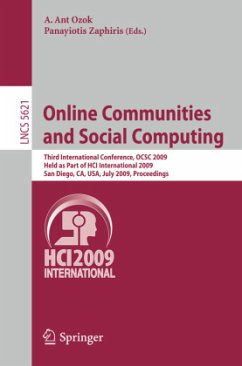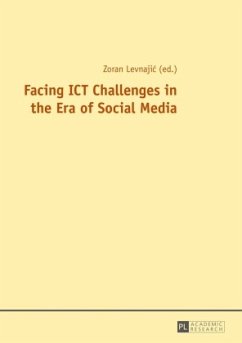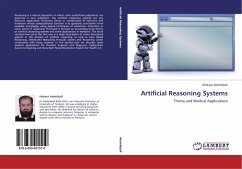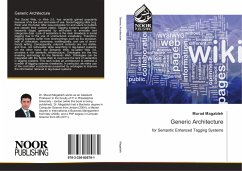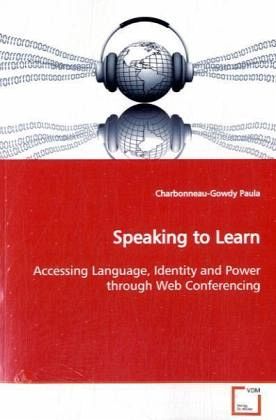
Speaking to Learn
Accessing Language, Identity and Power through Web Conferencing
Versandkostenfrei!
Versandfertig in 6-10 Tagen
52,99 €
inkl. MwSt.

PAYBACK Punkte
26 °P sammeln!
With the advent of Web 2.0 technology and computersbeing used as tools for connecting people rather thanfor information processing, a new third space isopening up that is redefining learning. Drawing onSociocultural theory, Speaking to Learn traces groupsof multicultural language learners as they negotiatetheir learning, asking the questions: What barriersprevent learners from investing in using anotherlanguage? How can technology compound or respond tosuch tensions? The concepts of learning asdialogue-based and identity as dynamic, frame thenature of the historical, political, cultural andped...
With the advent of Web 2.0 technology and computers
being used as tools for connecting people rather than
for information processing, a new third space is
opening up that is redefining learning. Drawing on
Sociocultural theory, Speaking to Learn traces groups
of multicultural language learners as they negotiate
their learning, asking the questions: What barriers
prevent learners from investing in using another
language? How can technology compound or respond to
such tensions? The concepts of learning as
dialogue-based and identity as dynamic, frame the
nature of the historical, political, cultural and
pedagogical factors influencing these learners. Their
stories suggest the advantages of video-based web
conferencing to learning and constructing more
empowered identities. This identity construction is
an important consideration for individuals from
evolving democracies that are struggling to access
international connections and recognition. The
stories will be of interest to anyone involved in
learning with computer technology, especially
language learners, educators, researchers and policy
makers as they consider the practices used and
promoted in their language learning sites.
being used as tools for connecting people rather than
for information processing, a new third space is
opening up that is redefining learning. Drawing on
Sociocultural theory, Speaking to Learn traces groups
of multicultural language learners as they negotiate
their learning, asking the questions: What barriers
prevent learners from investing in using another
language? How can technology compound or respond to
such tensions? The concepts of learning as
dialogue-based and identity as dynamic, frame the
nature of the historical, political, cultural and
pedagogical factors influencing these learners. Their
stories suggest the advantages of video-based web
conferencing to learning and constructing more
empowered identities. This identity construction is
an important consideration for individuals from
evolving democracies that are struggling to access
international connections and recognition. The
stories will be of interest to anyone involved in
learning with computer technology, especially
language learners, educators, researchers and policy
makers as they consider the practices used and
promoted in their language learning sites.




